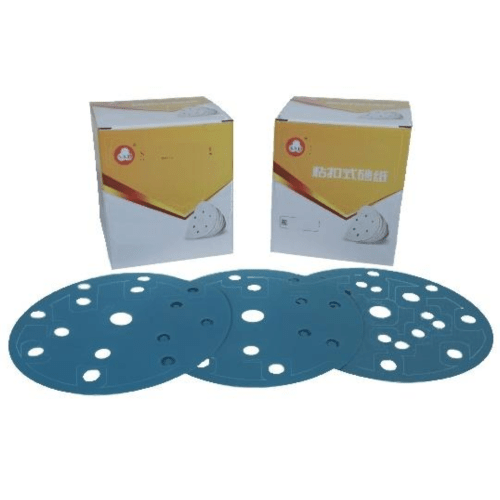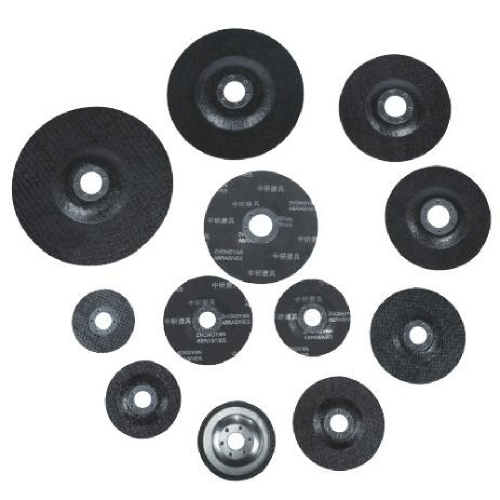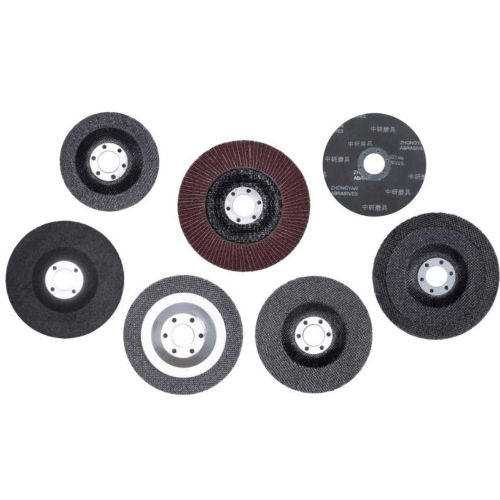abrasive size
Abrasive size represents a critical parameter in the manufacturing and surface finishing industry, determining the effectiveness and precision of various grinding, polishing, and finishing operations. This fundamental characteristic refers to the physical dimensions of individual abrasive particles, typically measured in microns or mesh sizes, which directly influences the material removal rate and final surface quality. Modern abrasive sizing technology employs sophisticated grading systems to ensure consistent particle distribution, enabling manufacturers to achieve precise surface finishes across different applications. The selection of appropriate abrasive sizes depends on multiple factors, including the workpiece material, desired finish quality, and processing requirements. Larger abrasive sizes, generally used in initial grinding stages, provide aggressive material removal but leave coarser surface patterns. Conversely, finer abrasive sizes are essential for achieving smooth, high-quality finishes in final processing stages. Advanced manufacturing processes utilize carefully controlled abrasive size distributions to optimize performance in applications ranging from metalworking and woodworking to semiconductor processing and optical lens manufacturing.


